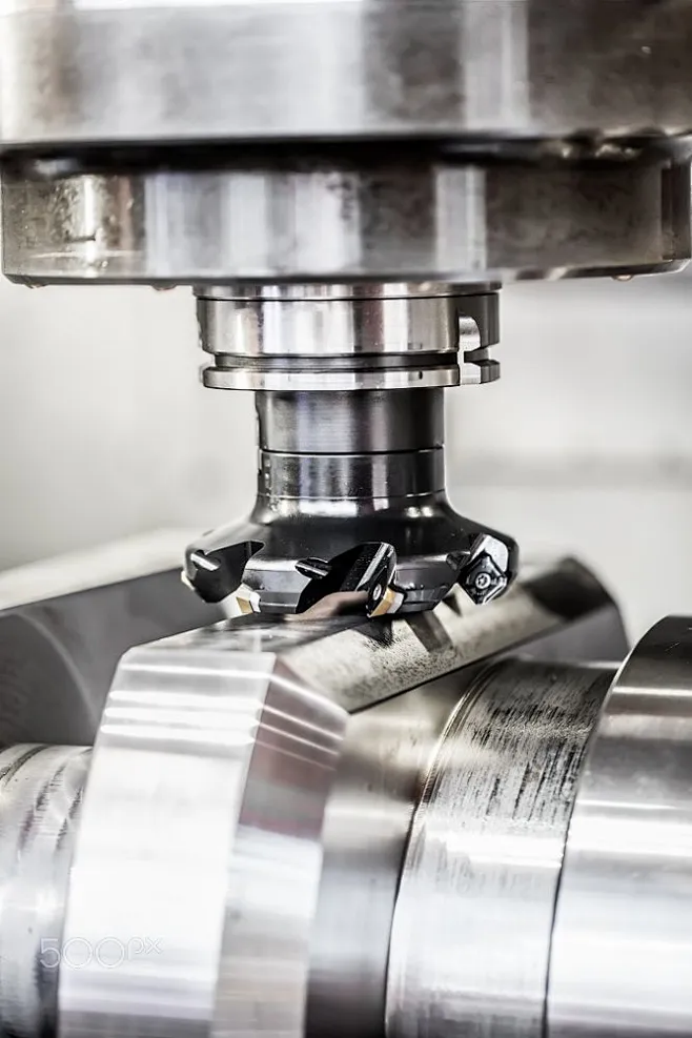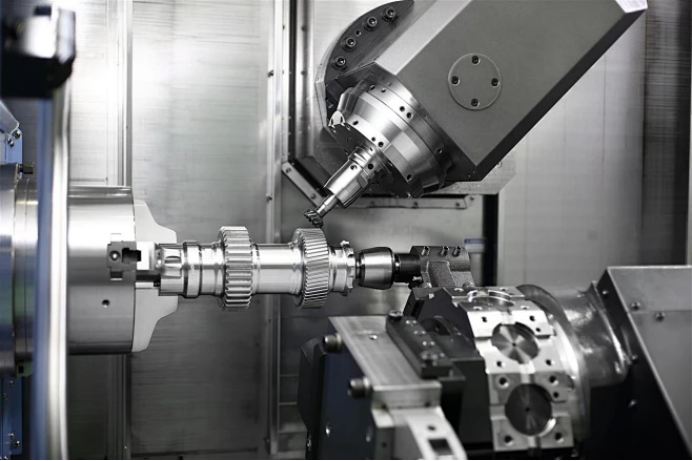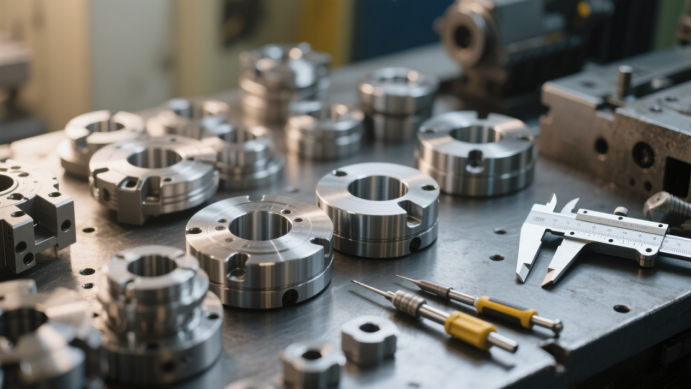Unlocking the Multiple Advantages of Precision Manufacturing The turning-milling composite processing technology showcases irreplaceable advantages in the manufacturing of precision parts, becoming a key technological means to enhance production efficiency.
The precision advantage is particularly notable. Parts undergo complete processing in a single clamping setup, avoiding the positional errors that arise from multiple clamping. Coupled with multi-axis CNC systems and high-precision inspection devices, part dimensional accuracy can be controlled at the micrometer level, with form and position tolerances stabilized within 0.01 millimeters. This technology is especially suitable for machining parts with stringent requirements for coaxiality and perpendicularity.

Efficiency improvement is its core competitive edge. By integrating turning, milling, and boring processes, it reduces the time spent on material transfer and equipment adjustments between processes. The production cycle is shortened by 30% to 50% compared to traditional machining. A hydraulic component manufacturer reported that after adopting turning-milling composite processing, the machining time for complex valve cores was reduced from 2 hours to just 45 minutes, resulting in nearly a threefold increase in daily production capacity.

The wide applicability is another highlight. Whether for small to medium batch production of various parts or for complex components with curved surfaces and irregular structures, turning-milling composite equipment can efficiently handle tasks, significantly reducing process complexity.

Turning-milling composite processing provides strong support for precision manufacturing with its advantages of high precision, high efficiency, and high adaptability. If you want to break through traditional machining bottlenecks and enhance your part manufacturing capabilities, feel free to contact us to explore customized processing solutions.
